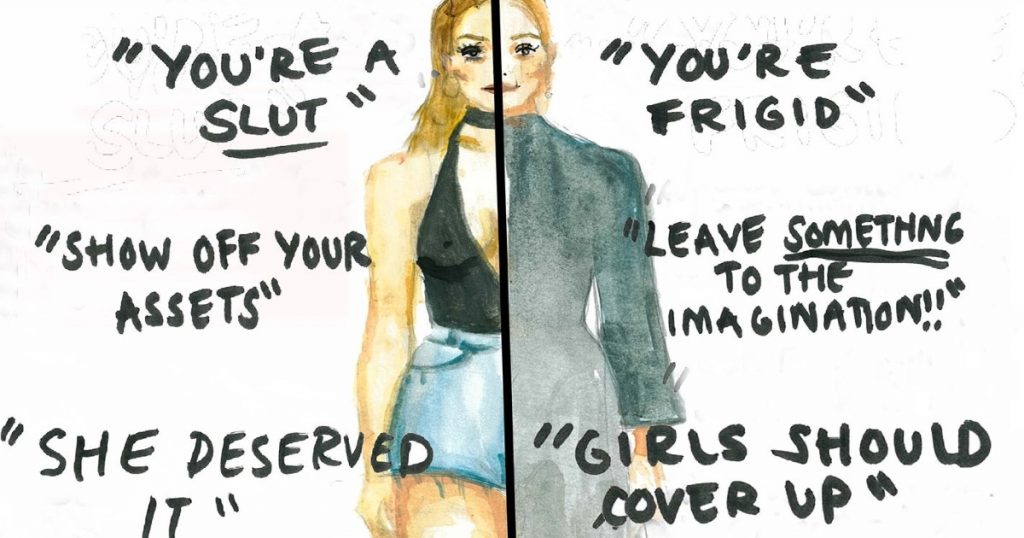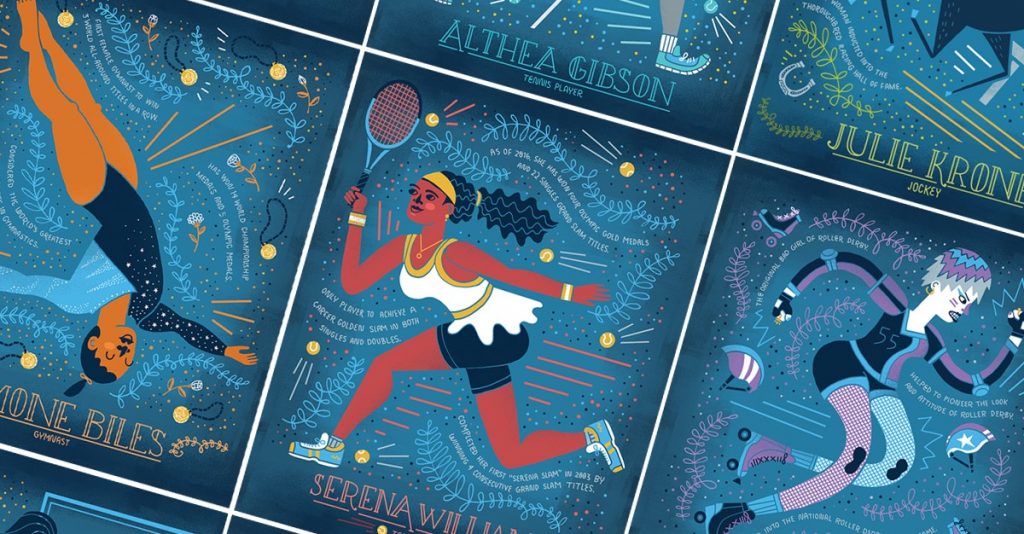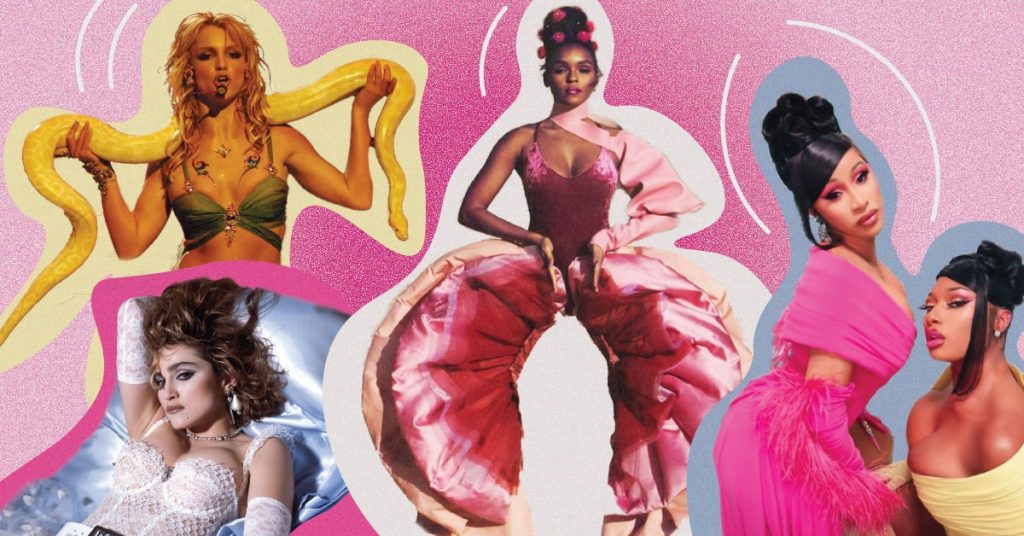The Barbie Complex: Can We Stop Viewing Women Only As Sexual Beings?
Let’s start with a hypothetical and very generic situation.
As a kid, Hiya (a fictional figure and personification of everyday sexualization faced by young girls) always wanted to grow up quickly and be a ‘lady.’ Because who doesn’t adore young ladies, right?
However, when her body did start developing into that of a woman, things were not all that flowery. Hiya got a lot of attention, but it wasn’t necessarily affirmative. At 11, she noticed a little hair growth in her armpits. It didn’t bother her until she was asked to cover it. At 12, she was asked to wear a sports bra, and a camisole over it to hide it through her shirt. Basically, her body was being censored as time went on, multiple barriers being placed and laced.
As she grew, adults and a lot of pop culture references made her believe that her behavior needed to scream (gently) that she was a submissive, gracious, and mature gender. Hiya was asked to look presentable, which meant she could not wear ‘boyish’ clothes. Meanwhile, she could not look too ‘girlie’ either. Because if her clothes were too pink and sparkly, she wouldn’t be taken seriously. If her clothes were oversized then she wouldn’t be feminine enough while if she wore something body-hugging, she’d be considered provocative.

Not One But Everyone
Most women have all been victims of this, haven’t they? From pre-teen years, they are made especially conscious about their bodies. They have to take care not to look like a ‘tomboy’ or to look ‘too promiscuous’. Furthermore, their identities are reduced only to that of a sexual being in any environment. More so, it is conveyed on umpteenth occasions that their sexuality or sexual expression threatens the moral fabric of our society.
As a matter of fact, our society does not practice age-appropriate sex education and discourages sexual exploration of any kind. The American Psychological Association’s report distinguishes between the propagation of healthy sexuality and inappropriate sexualization, sexual objectification, etc. Moreover, regressive sexualization makes grounds for self-objectification and lack of confidence in one’s body.
Taking another incident from Hiya’s story, her school principal held the view that Hiya’s bare arms showing in a sleeveless top were enough to bring out the boys’ inner perverts. It shouldn’t matter, but her top had a high collar and the rest of her body was fully covered. This adult sexualized a 14-year-old girl’s arms!

Uniform Policing In Schools
This brings us to the point about girls being morally policed and given lectures on culture based on the length of their skirt, how they tie their pony tail or how long their nails are. One might argue this is to maintain the school’s decorum. But any disciplinary action on boys is not accompanied by some good old character assassination. Would their unshaved face be held responsible for girls losing focus in class?
Disciplining girls to dress ‘modestly’ fixates on the idea that their bodies are fundamentally sexually explicit. It propagates that their bodies injure a safe school environment. Holding a girl responsible for other students’ any possible erratic behavior, all because she shaved her legs tells that her body’s mere existence can be fetishized without consent or reason. Also propagating the illogical notion of “boys will be boys.” Besides, what could she have done if the swimming coach wanted her legs to look ‘clean?’

Sexualisation Of Women In Sports
Speaking of sports, the European Handball Federation fined the Norwegian women’s team for wearing shorts instead of bikini bottoms. This is blatantly sexist and is all about male gaze. How can we miss the opportunity to not sexualize women in sports by imposing arbitrary standards of clothing?
This Olympic season, the women’s German gymnastic team decided to wear unitards instead of the traditional leotard as their gymnastics costume. They said that they were tired of being sexualized in their line of sport, and chose to wear a costume less revealing and more comfortable to them. On the other hand, Indian gymnast Dipa Karmakar was shamed for wearing a bikini-cut leotard in the past. Everything boils down to how the patriarchal mind wants to view and control women’s bodies and minimize their overall persona to just their sexual identity.
Even Serena Williams, being the best in her field of sports, was criticized for what she wore, be it a flamboyant tennis skirt or a black catsuit. For a sportswoman, everything boils down to what she will wear and how much she will wear.

Sexualisation In Pop Culture
Billie Eilish as a minor covered herself up in baggy clothes to protect herself from unabashed sexualization that pop-stars are subjected to. Don’t you cringe at the 40-year-old interviewer asking a teenage Britney Spears about her boobs? Female Disney stars have been objectified and guilt shamed for not being ‘ideal women’. Nevertheless, their male counterparts did not have to suffer similarly.
After a picture of Billie wearing a tank top went viral, her breasts were trending on twitter. The utter disregard for her as a human being is just atrocious. Recently she broke the internet with photos of her in a Gucci corset. This was her taking agency of her body and choices yet again. Now, that is rare.

The Catch-22
Media and the internet pressurize girls to look a certain kind in order to feel accepted. If they do not conform to the beauty standards of the time, they are not fancied. Brands like Gini & Jony that specifically targeted pre-teens are not in demand anymore. This is due to a recent trend of teenage girls dressing up and looking twenty-five being considered liberating. But what brings about liberation is different for everyone, it all reduces down to one’s choices.
However, considering the sexualisation that takes place, everyone walks a tightrope of expectations and comfort . Young people are ready to go to any length just to ‘fit in’. In all fair conclusion every trend in vogue has a flip side that might lead to sexualisation of people who make the choice and of those who do it to conform to peer review. If a girl is too young to wear a bikini swimsuit, she is also too young to be sexualised for wearing it.

Conclusion
We are to blame for attaching a woman’s accomplishments to her physical appearance. Social media is deceptive. These children might be undergoing major mental concerns, eating disorders, insecurity, and body image issues. Furthermore, they might even be punished for expressing themselves through fashion and makeup. The opposing powers reinforce sexual preservation in women. Meanwhile, it is the girls who suffer in all of this.
As can be seen, anyone with a mind tries to dictate if a womxn’s conduct is appropriate or not. It is as if women are not seen as real people with human acuity.
We need to move away from the medievalism of reducing women to their sex appeal after a great game at the Olympics or in general. We need an environment where a woman is not made conscious about her body so much that she forgets that she has a worth beyond it.
A barbie comes in a box, she is molded to look like what society deems appropriate for ‘pretty’ girls. She majorly has blue eyes, blonde hair, cinched waist, accentuated breasts, long legs, feet shaped as to fit in the plastic heels. They are sold for anyone above 3 years of age because that is a good age as any to feed it to little minds what ‘desirable’ is. If a plastic doll can induce a complex in children that young, what living individuals and their activities do to them cannot be comprehended in a few hundred words.
Written by: Pratyusha Roychowdhury
Edited by: Noor Chhikara
Cover illustration by: Vijaya Srivastava
Author

